There can be your advertisement
300x150
Mold in the Bathroom
A small amount of mold spores is constantly present in the air and does not pose any threat to humans or the environment. In the atmosphere, these microorganisms are in a so-called dormant state and begin to multiply rapidly only under favorable conditions. The bathroom, characterized by high humidity, lack of sunlight, and insufficient ventilation, is an ideal environment for these harmful bacteria to thrive.
A small amount of mold spores is constantly present in the air and does not pose any threat to humans or the environment. In the atmosphere, these microorganisms are in a so-called dormant state and begin to multiply rapidly only under favorable conditions.

The bathroom, characterized by high humidity, lack of sunlight, and insufficient ventilation, is an ideal environment for these harmful bacteria to thrive. This is why bathrooms are affected by mold significantly more often than any other living spaces.
How dangerous is mold?
Surface affected by mold is easily recognizable by dark, slimy residue and the characteristic musty, damp smell. Mold spreads rapidly and not only damages finishing materials and plumbing fixtures but also poses a serious health risk to humans.

Millions of toxic spores released by mold into the environment enter the respiratory and circulatory systems along with contaminated air. They can trigger a range of difficult-to-diagnose and poorly treatable conditions, including rheumatism, joint inflammation, bronchial asthma, allergic dermatitis, and others.
Causes of mold growth
To permanently eliminate mold, the first step is to identify and remove the root causes that led to its appearance and spread. The primary goal should be reducing humidity in the bathroom. This requires a comprehensive set of measures:
- Evaluate the power of the exhaust ventilation and towel dryer. If there is insufficient draft, install a fan in the ventilation shaft and turn it on every time you take a bath. Replace a towel dryer that does not generate enough heat for air drying.
- Check the condition of plumbing equipment not only in your bathroom but also in neighbors’ apartments above. Even minor leaks can cause increased humidity in the bathroom.
- Regularly ventilate the room. The widespread installation of plastic windows, suspended ceilings, and other modern structures alters indoor microclimates, creating favorable conditions for various molds. In addition to regular airing, another way to combat high humidity is installing window ventilation that automatically activates when needed to reduce air moisture to the required level.
- Insulate external walls. Condensation on ceilings and walls in corner apartments often causes mold. Internal insulation will not solve the problem. In such cases, only external wall insulation can effectively prevent mold spread.
Main methods of mold removal
After eliminating the causes of increased humidity, you can begin removing existing mold in the bathroom. Since there are numerous types of mold fungi, it is advisable to take a scraping of the residue and send it to a sanitary-epidemiological station for identification. This will help determine the microorganisms and select the most effective treatment method.
At early stages of infestation, mechanical removal of mold and thorough treatment with any chlorine-based cleaner is usually sufficient. You may also use a copper sulfate solution or a professional anti-mold product.
For more extensive infestations, all mold-affected finishing materials must be removed, and surfaces must be cleaned down to bricks or tiles. This process involves significant costs but ensures complete elimination of mold. Failure to do so will result in mold returning after some time.

More articles:
 Masterclass: How to Make Roman Blinds by Hand
Masterclass: How to Make Roman Blinds by Hand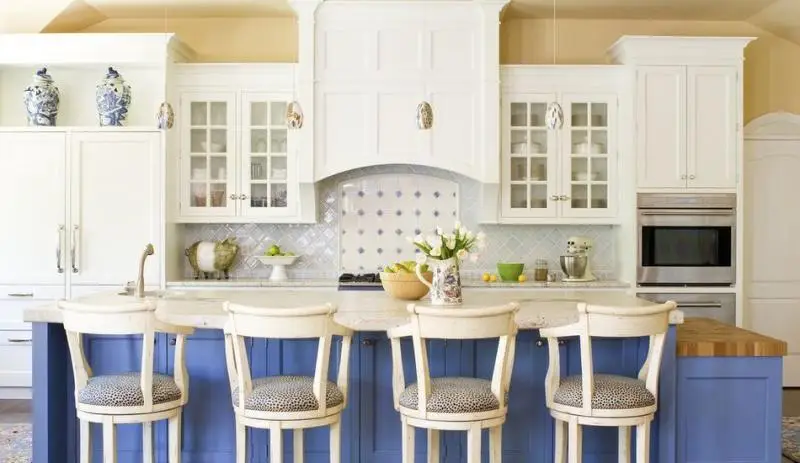 How to Decorate a Kitchen in a Country House: Tips Based on a Real Example
How to Decorate a Kitchen in a Country House: Tips Based on a Real Example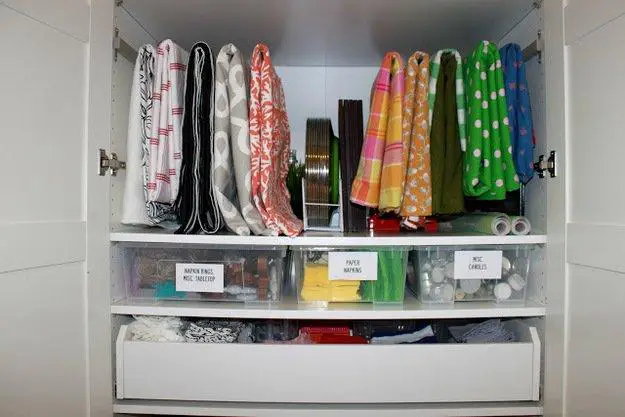 Where to Store Home Textile: 5 Useful Ideas
Where to Store Home Textile: 5 Useful Ideas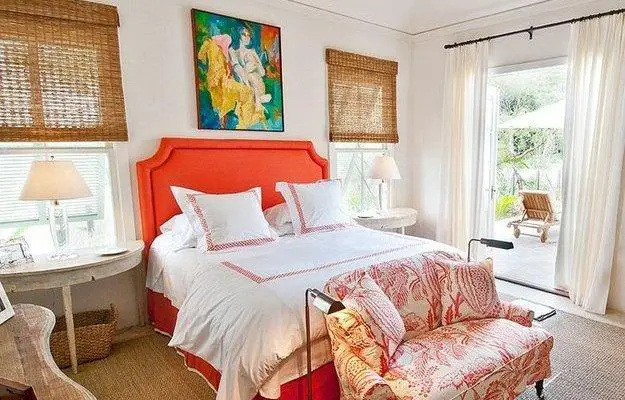 How to Choose a Color Palette for the Bedroom: 10 Expert Tips
How to Choose a Color Palette for the Bedroom: 10 Expert Tips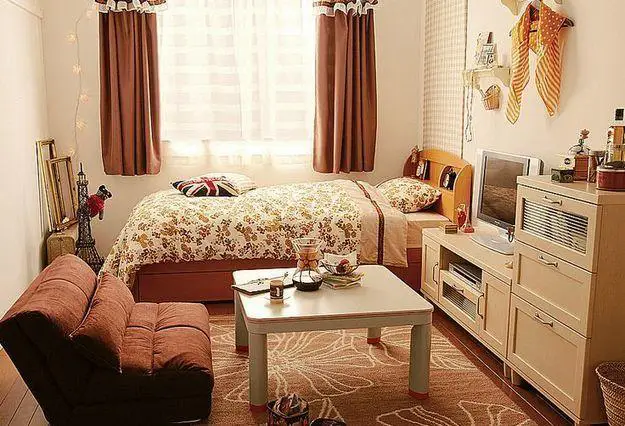 How to Furnish a Small Apartment: 5 Tips, 25 Examples
How to Furnish a Small Apartment: 5 Tips, 25 Examples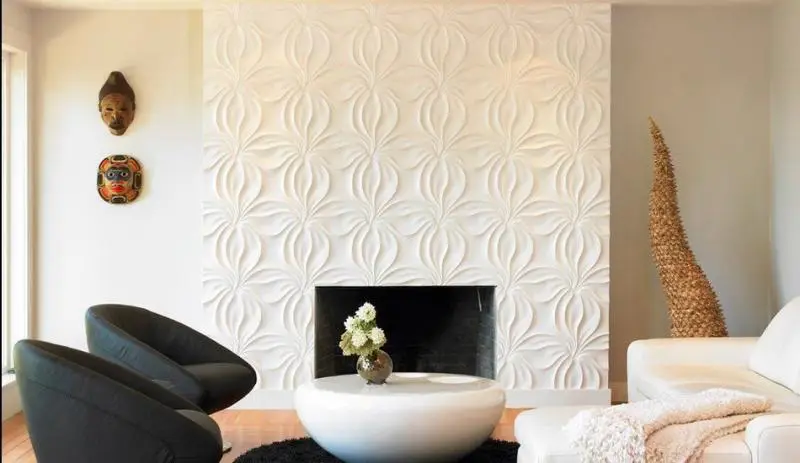 Wall Decor in Modern Interior: 4 Techniques and 40 Examples
Wall Decor in Modern Interior: 4 Techniques and 40 Examples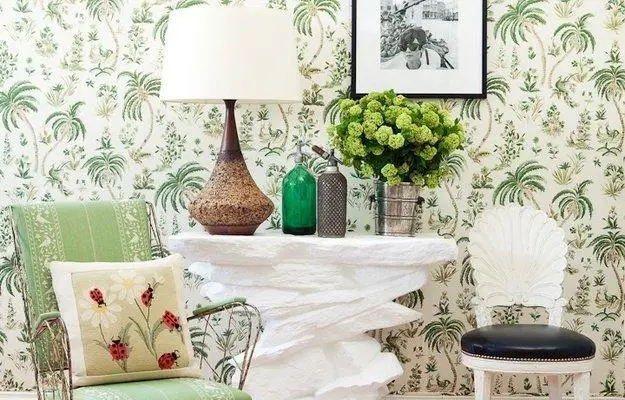 How to Update Your Interior for Summer: 11 Effective Techniques
How to Update Your Interior for Summer: 11 Effective Techniques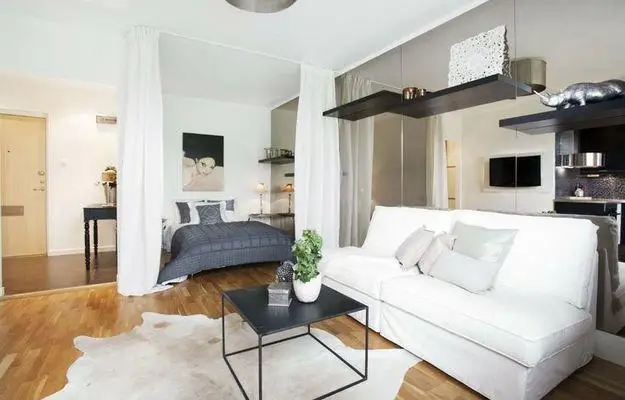 How to Combine a Living Room and Bedroom: Layout, Zoning, Furniture Selection
How to Combine a Living Room and Bedroom: Layout, Zoning, Furniture Selection